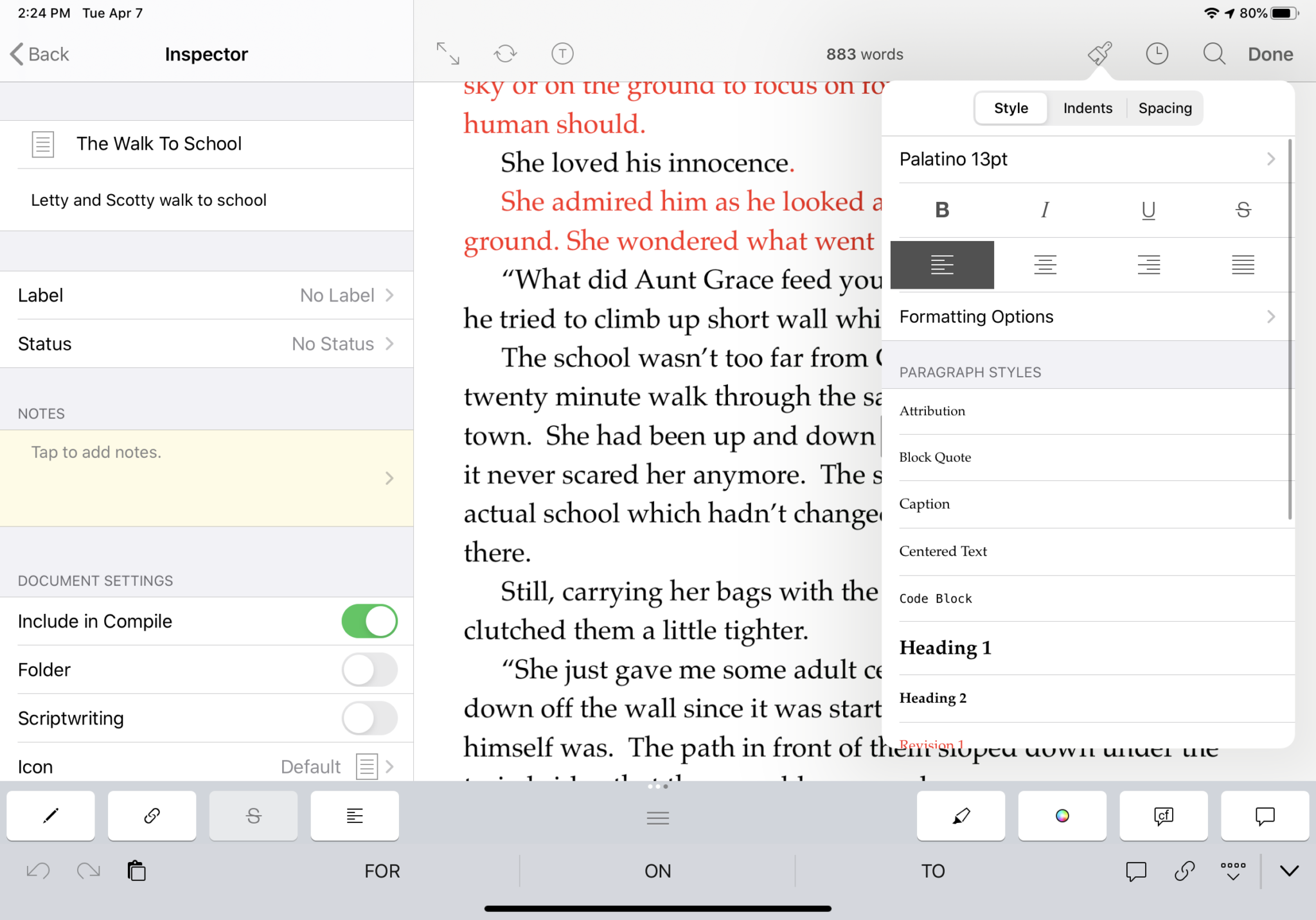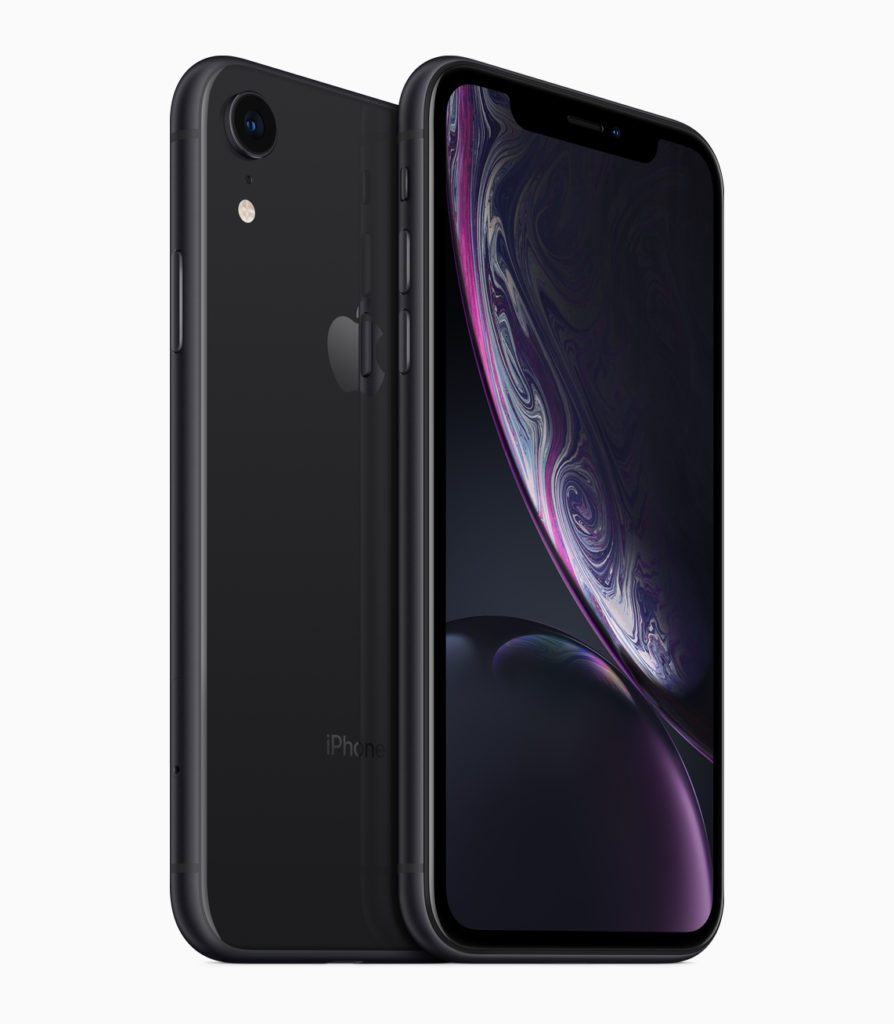It has been a couple of weeks now since Apple added pointer ability to the iPad with iPadOS 13.4. The move has sparked some to reconsider their portable computing preferences again.
Using a mouse on the iPad is a joy. Apple, thankfully, added to the core operating system so that it’s easy to use. It’s too bad that this feature rolled out to everyone while we were trapped inside.
Since I’ve been stuck at home working (I’m doing my normal work, working on my novel, and writing some new stuff), I’ve found myself using my Macs for more work than normal. My 11-inch iPad Pro is still my favorite device but I want to use it more than I currently do. With the Stay At Home orders, I have found myself using my Macs more. Sadly, I’ve found that apps on the Mac are just much stronger than the iPad equivalents.
That’s why I think for the iPad to become a real laptop replacement, it needs to come from the App developers.
The Early Days
Ten years ago when the iPad came out, I had this vision. I could get the iPad and use it as my travel computer and then I would come home and dock it to my iMac and it would be a great system. Only, that system never really took off. Using the iPad was doable, but it wasn’t very convenient.
Most of the apps that I used on my iPad were either not there or they were too basic to get work done.
But that was ten years ago. Since then, the iPad has evolved. The operating system has become much stronger and added in more features from the Mac. Most Mac apps have also found their home on the iPad.
Those apps as really pared down though. Honestly, that’s part of the charm of the iPad and iOS in general. Everything is much easier to use on iOS than it is on a Mac if you’ve never used either system before.
My parents get scared using a PC because it worries them that they might click the wrong thing and the PC will break. They don’t feel that way on an iPad or iPhone.
Starting in the early days of iOS, apps had to be simple. Through the years, apps have become more complex. They still aren’t as complex as Mac apps. To me, this is where the iPad has lagged behind.
iPad apps are still simple and scaled down versions of Mac apps.
Missing Features
Scrivener
Scrivener is my most used app on any device right now. I use it daily whether on my Mac or iPad.
While I do have some issues with Scrivener (looking at you syncing) it is a fantastic piece of software. I would estimate that I wrote 80% of my latest novel-in-progress in the iPad Scrivener app.

When it comes to plotting and writing, Scrivener is strong on both versions. You can build notecards and move them around on a corkboard or you can see the structure of your story in the binder, and so on.
But the iPad version doesn’t do some basic stuff that the Mac App can, like the outline mode or the revision mode.
Revision mode doesn’t seem like a huge missing feature until you are trying to revise a large novel on an iPad. On the Mac, revision mode changes the text you add red. The change in color helps keep your place
But there’s no revision mode on the iOS version. Sure, you can still make changes on the go with iOS, but the text doesn’t change colors, it becomes hard to tell what has been changed. There is an option to change the color of text, but you have to make the change EVERY TIME YOU TYPE
It’s a pain in the butt if you want to see what’s changed.
There are also more features that are present in the Mac version but not the iPad. The developers of Scrivener are amazing, but the team is very small. Changes don’t happen quickly, and I don’t fault him or the team for it.
But right now, the iPad version does not compare to the Mac version. The iPad version got designed as a scaled-down version. And that is one reason why the iPad lags behind.
Final Draft
Honestly, for the most part, Final Draft is pretty feature full on the iPad. It has a great syncing system and a revision mode so unlike Scrivener, you can see your changes.
But it doesn’t have two of the features I use on the Mac version: the Beat Board and Index Card view.
The beat board is like a bulletin board inside the app that you can add plot points you want, pictures, or structure points. The idea is to allow the writer to develop their ideas.

It makes no sense to me that this isn’t on the iOS version since most of what you are doing here is dragging cards around on the screen. It seems like the tactile nature of the iPad would be a great chance to interact with your story in this way.
The same thing goes for Index Cards. Many writers like to use index cards to structure their story, but the iPad version doesn’t offer that view.
Still, the basic writing and revising sections of the app are pretty good.
Missing Pro Apps
I’ve mentioned it before, but the iPad lack Apple’s pro apps.
Ten years ago, Apple came out of the gates with a strong suite of productivity apps with Pages, Keynote, and numbers. Everyone had expected the iPad to be a consumption device. Apple told the story of how it could be a creation device.
They followed those up with great apps like GarageBand and iMovie on the iPad. I don’t know if anyone ever thought that anyone would be able to create movies or music on a device like the iPad.
All of these apps have continued to evolve and are pretty good for what they do. But Apple hasn’t pushed the boundaries anymore.
There’s no Final Cut for iPad. Logic is absent. There’s not even a way to code on the iPad other than the Swift Playground app.
Apple needs to be the one to show that Pro apps can live on the iPad, and they need to continue to refine the system so that more of these apps can come.
Apple has left a hole in the app ecosystem, and some developers have come swooping in.
And some of those developers have.
The Fix
The iPad is maturing. It is getting closer to being the device that everyone can do some serious computing from.
Apple needs to continue to push iPadOS further. To do that, they need to bring some more advanced apps to the system. It needs to show how serious the iPad can actually be. It needs to also show that developers can spend time investing in better and stronger apps and that they will get benefits from them.
App developers need to stop treating the iPad like a scaled down device. Now, I don’t want them to start making complicated software that goes to the opposite end of the spectrum. Apps need to be easy to use but can expand to become more powerful. There shouldn’t be a reason that I can’t change the color of the text I want when I revise my novel. I should be able to move cards around on the screen of my iPad and not only on my Mac.
We need to show developers that these are the types of apps we need as pros. We don’t need to balk at a $20 app, if that’s what we need to use.
I want to recommend two pro apps on the iPad that have really pushed what an iPad can do.
LumaFusion is one of the best video editing apps I have ever used, whether on Mac or iPad. They have shown that the iPad is capable of having a strong video editor on the iPad. While most people will be fine with iMovie, if you are into more advanced video editing, you’ll want more.
The same can be said of Ferrite Recording Studio. It is a more capable mutli-track recording studio for making podcasts.
These two apps seem to be the stand out of the Pro Apps on the iPad. I’m sure there are more though, they just aren’t publicized as well.
SwiftUI
Last summer at WWDC, Apple announced SwiftUI. SwiftUI is a system that developers can use to develop one code base for apps on the iPhone, iPad, Mac, Apple Watch, and Apple TV.
I think this will help push parity to the future Mac and iPad apps. Developers will probably want to maintain one code base across all their app versions and not have to develop individual ones for Mac and iPhone. Hopefully, this will bring a unified feature base to all Apple’s ecosystem.
But that won’t help much with older apps like Scrivener or Final Draft. But will it bring stronger apps to iOS? I think it’s possible.
Only time will tell.
Wrap up
I don’t want this to feel like I’m just bashing on app developers. Developers have done amazing work. I love the apps that I use, but I’m ready for more feature parity.
But, I want developers to begin treating the iPad as a Mac when it comes to app developers. They shouldn’t be keeping features away from the iPad because it’s a simple device, because it’s not. Not anymore.
What do you think? Are you ready to use an iPad as your main device? What is holding you back?
Discover more from JSwordSmith
Subscribe to get the latest posts sent to your email.


